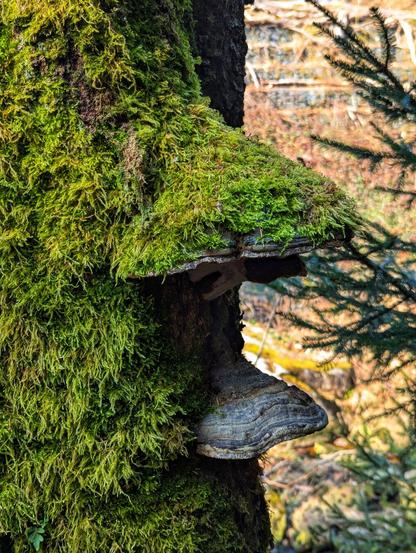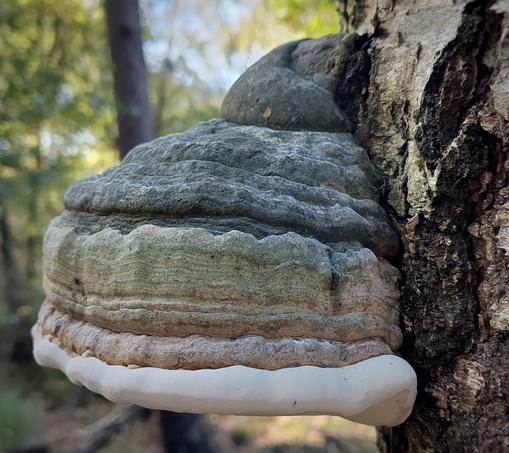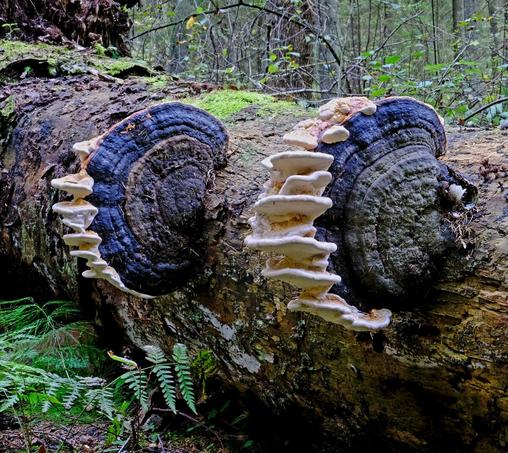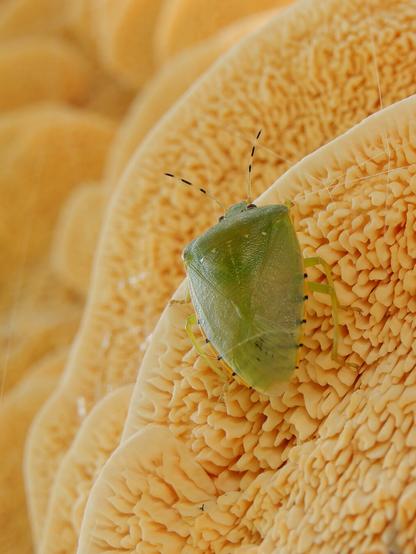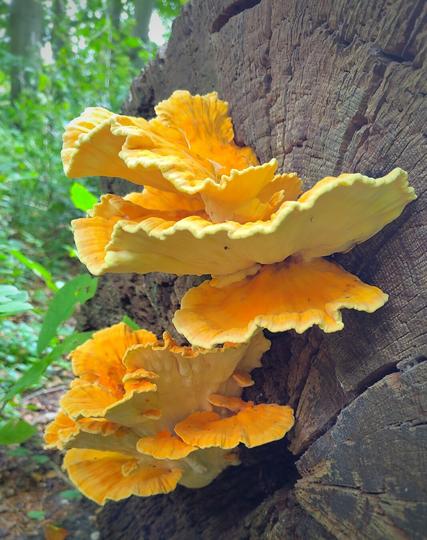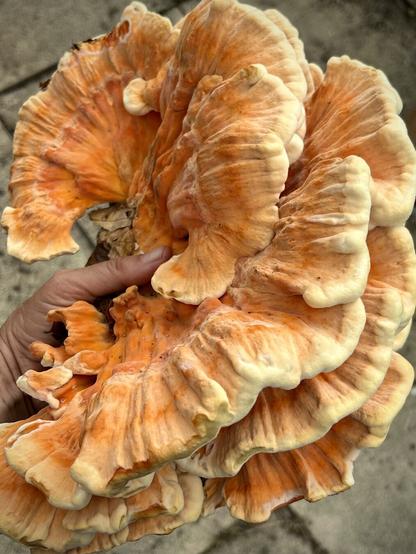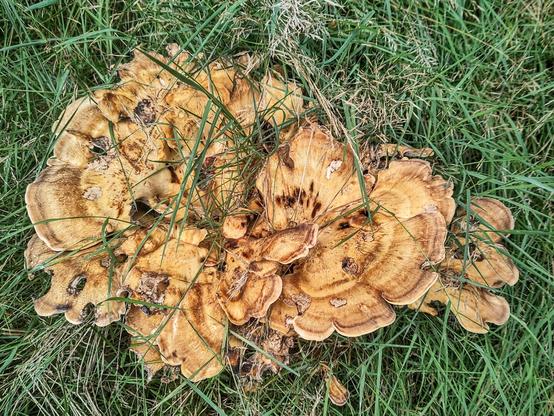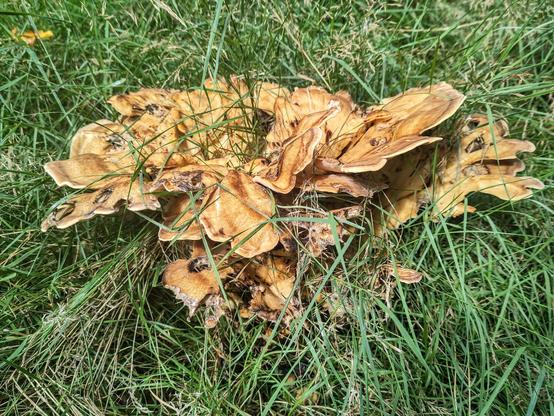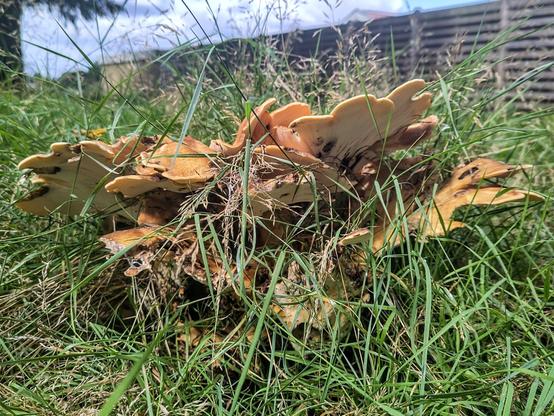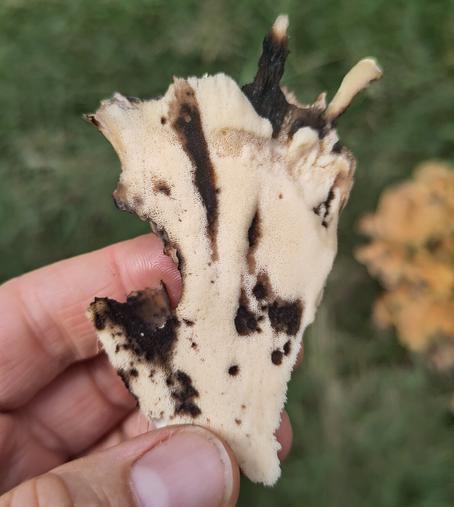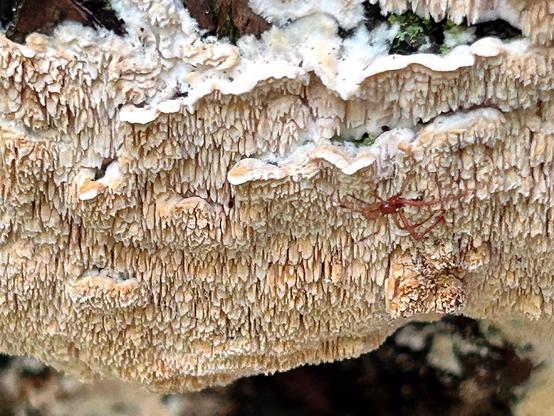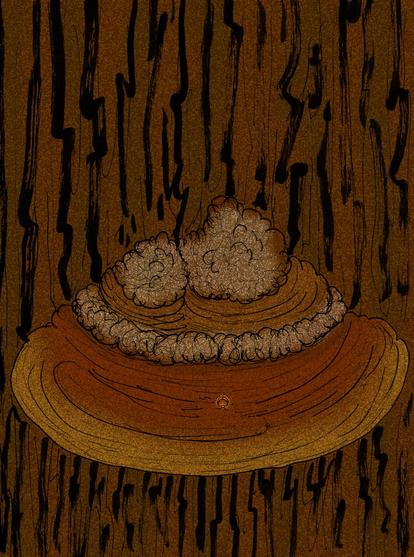#MossMonday #mosstodon #Moos #moss #MushroomMonday #FungiFriday #fungus #fungi #Baumpilz #Pilz #Zunderschwamm #FomesFomentarius #tinderFungus #hoofFungus #tinderConk #tinderPolypore #Polypore #bracketFungi #shelfFungi #Porling #Porlinge #Wald #woodland #forest #nature #Natur #Harz
#MossMonday #mosstodon #Moos #moss #MushroomMonday #FungiFriday #fungus #fungi #Baumpilz #Pilz #Zunderschwamm #FomesFomentarius #tinderFungus #hoofFungus #tinderConk #tinderPolypore #Polypore #bracketFungi #shelfFungi #Porling #Porlinge #Wald #woodland #forest #nature #Natur #Harz
#fungi #forest #polypore #autumn #september #mycology #tonderzwam
#fungi #forest #autumn #September #ötzi
#fungi #polypore #yellow #orange #paddenstoel #nederland
#chicken of the woods #laetiporus sulphureus #zwavelzwam #polypore soufré #sargá gévagomba #fungi #mushrooms
It is not the prettiest shroom out there, but I find these fungi deserve some love too!
Found in Hjallese, Odense, Denmark.
#mushroom #mossshroom #moss #shroom #nature #fungi #polypore
Milk-white toothed polypore (𝘐𝘳𝘱𝘦𝘹 𝘭𝘢𝘤𝘵𝘦𝘶𝘴), from Thompson Park:
(With bonus little spider friend, species unidentified.)
Things I found under a polypore.
A single shelf fungus can support a community of organisms--living in and on it. Here I found three beetles and a pseudoscorpion. The very tiny rove beetle (genus Gyrophaena) and shining fungus beetle (genus Scaphisoma) are dependent on fungi. The larger beetle is a clown beetle (genus Platysoma)--they live under bark and feed on fly and beetle larvae.
#biodiversity #beetles #insects #macrophotography #fungi #polypore #pseudoscorpion #ecology #nature
